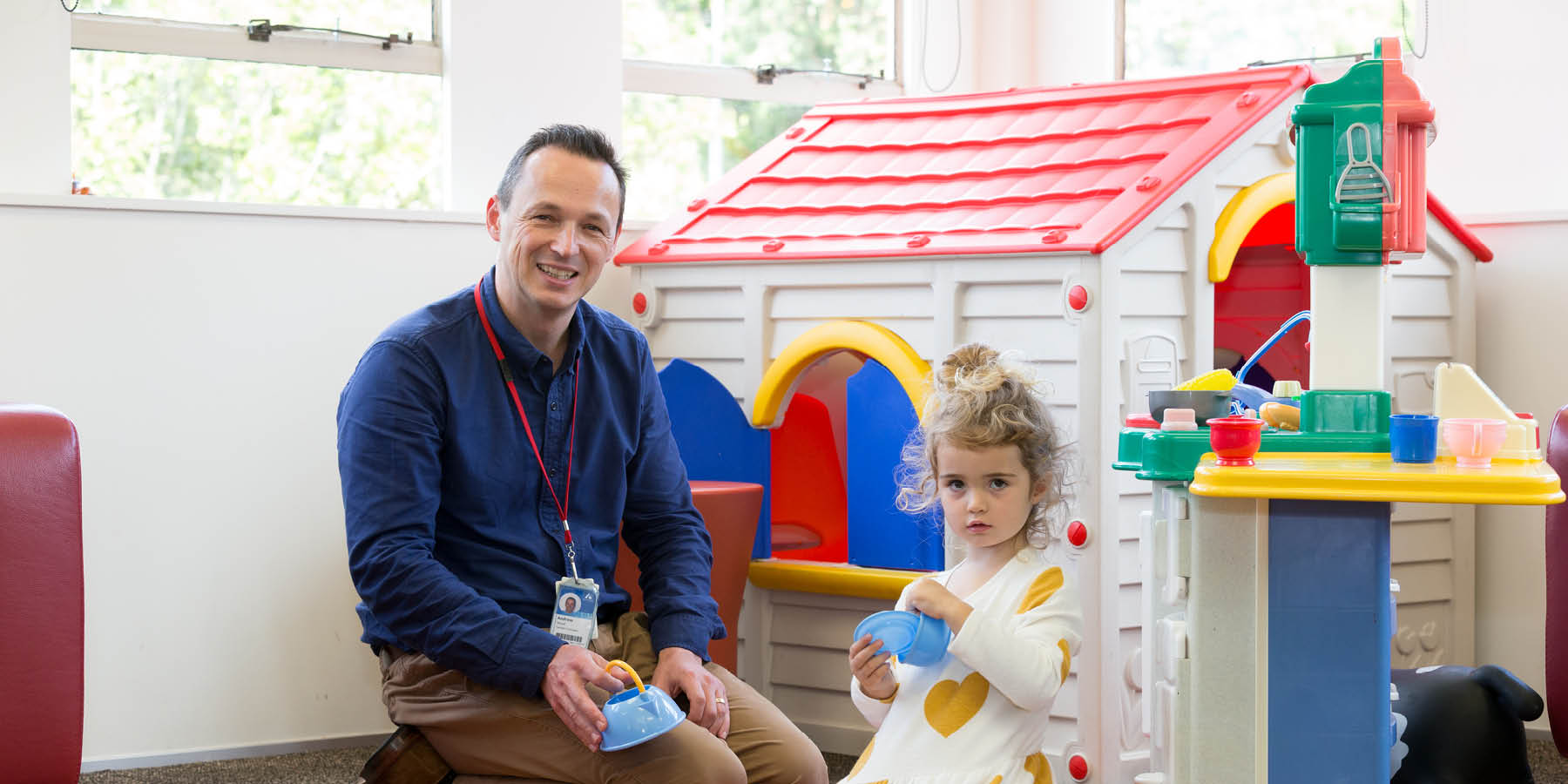What happens when a child finishes treatment for cancer?
When a child successfully finishes their cancer treatment, it is not the end of the story. While they may not have any detectable cancer left, they are still at risk of the disease returning, or relapsing. The early timeframe after finishing treatment is aimed at re-integrating back into their ‘normal’ life and to monitor for signs of the disease returning. While cancer treatment is no longer being given, there are still issues that need to be addressed – some of which are outlined here.
Late effects
Unfortunately, the challenges of childhood cancer often don’t end when the treatment ends. Many childhood cancer survivors will have to endure the lifelong health challenges their cancer leaves behind.
The type of late effects experienced by children with cancer depend on the treatment they received, as well as the age at which they received that therapy. Some of the late effects that children might experience include physical and psychosocial conditions such as:
- Hearts conditions (chronic heart failure, heart muscle injury)
- Thyroid problems
- Lung damage (scarring, inflammation, acute respiratory disease, lung failure)
- Infertility (premature ovarian failure and premature menopause in women and low testosterone levels and sperm counts in men)
- Osteoporosis (low bone density)
- Hearing loss
- Cataracts
- Secondary cancers
- Peripheral neuropathy
- Anxiety
- Depression
- Post-traumatic stress disorder
Long-term healthcare for children
After a child has finished their cancer treatment, they will transfer to the Late Effects Assessment Programme (LEAP). This is a clinical service which is designed to screen (look for) and manage long-term health problems which may have been the result of childhood cancer and treatment. It’s important to remember most children will not develop a significant long-term health problem.
The type of long-term follow up a child with cancer will receive will depend on the type of cancer they were diagnosed with, the treatment they had and the age they were at the time. How long a child with cancer remains in long term follow-up will depend on their age, the treatment they had and if they have any late effects which are causing health problems. When a child reaches an appropriate time in late adolescence or early adulthood, their long-term follow-up will transition to family doctors and adult healthcare specialists.
Long-term support for children and their whānau
For some families, life is never the same again after treatment ends and getting used to a new normal can be just as hard for a family as the treatment itself. As well as potentially having to deal with their child’s ongoing physical and emotional challenges, the rest of their whānau may also suffer long-term emotional challenges.
Child Cancer Foundation is dedicated to supporting whānau to identify and adjust to these changes, helping them cope in the present, while also supporting them to continue moving forward.
If your whānau is experiencing late effects from your child’s cancer, here’s how Child Cancer Foundation can support you:
- Ongoing emotional and practical support through counselling and support programmes.
- Cascade, a group-based pilot programme aiming to help parents and caregivers learn some helpful ways to deal with challenges of ‘life after cancer’.
- Peer-to-peer connection with other families through our nationwide Whānau Connect Groups.
- Financial support through our Personal Development Grant programme to improve your health and wellbeing, develop a new skill or pursue a passion.


